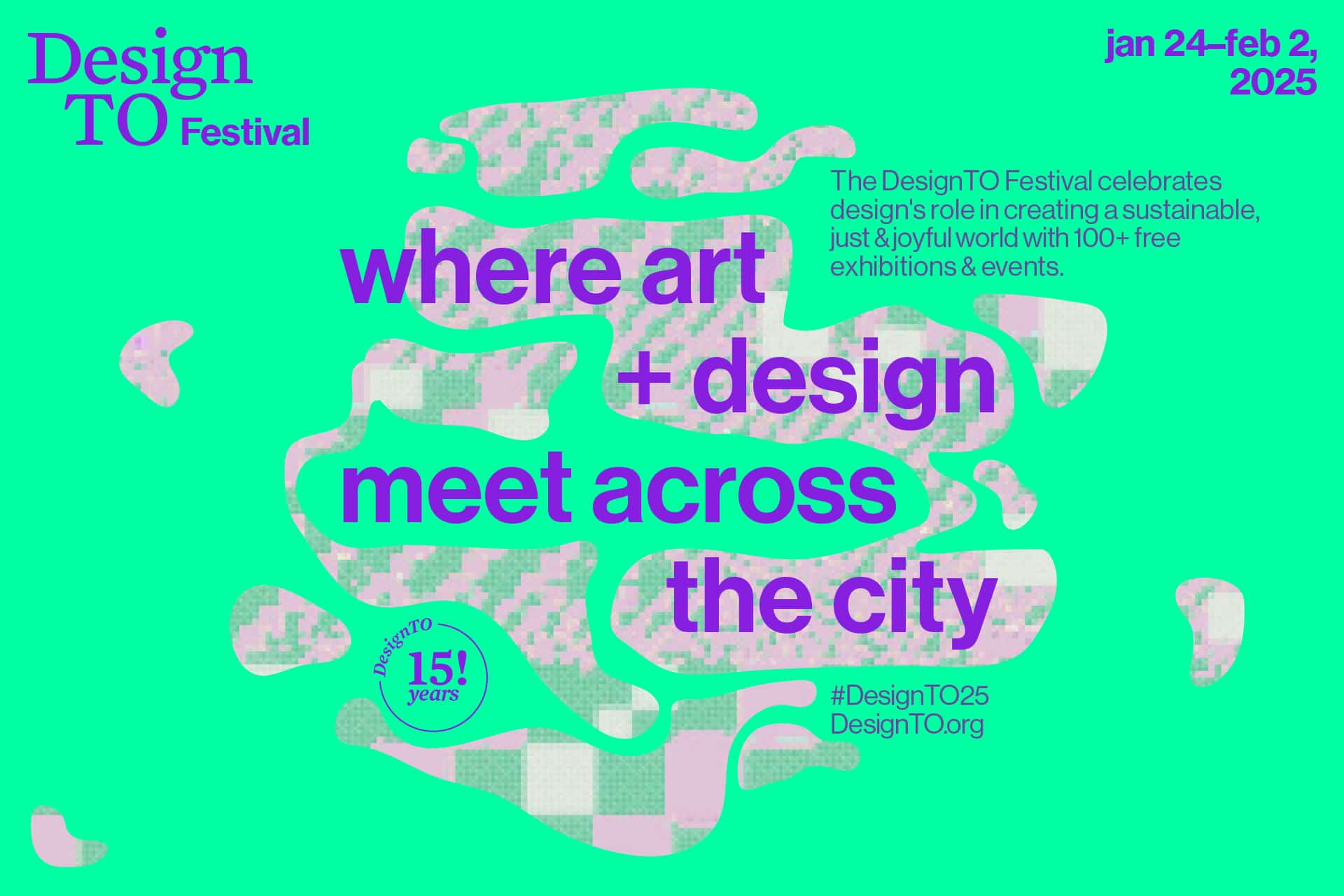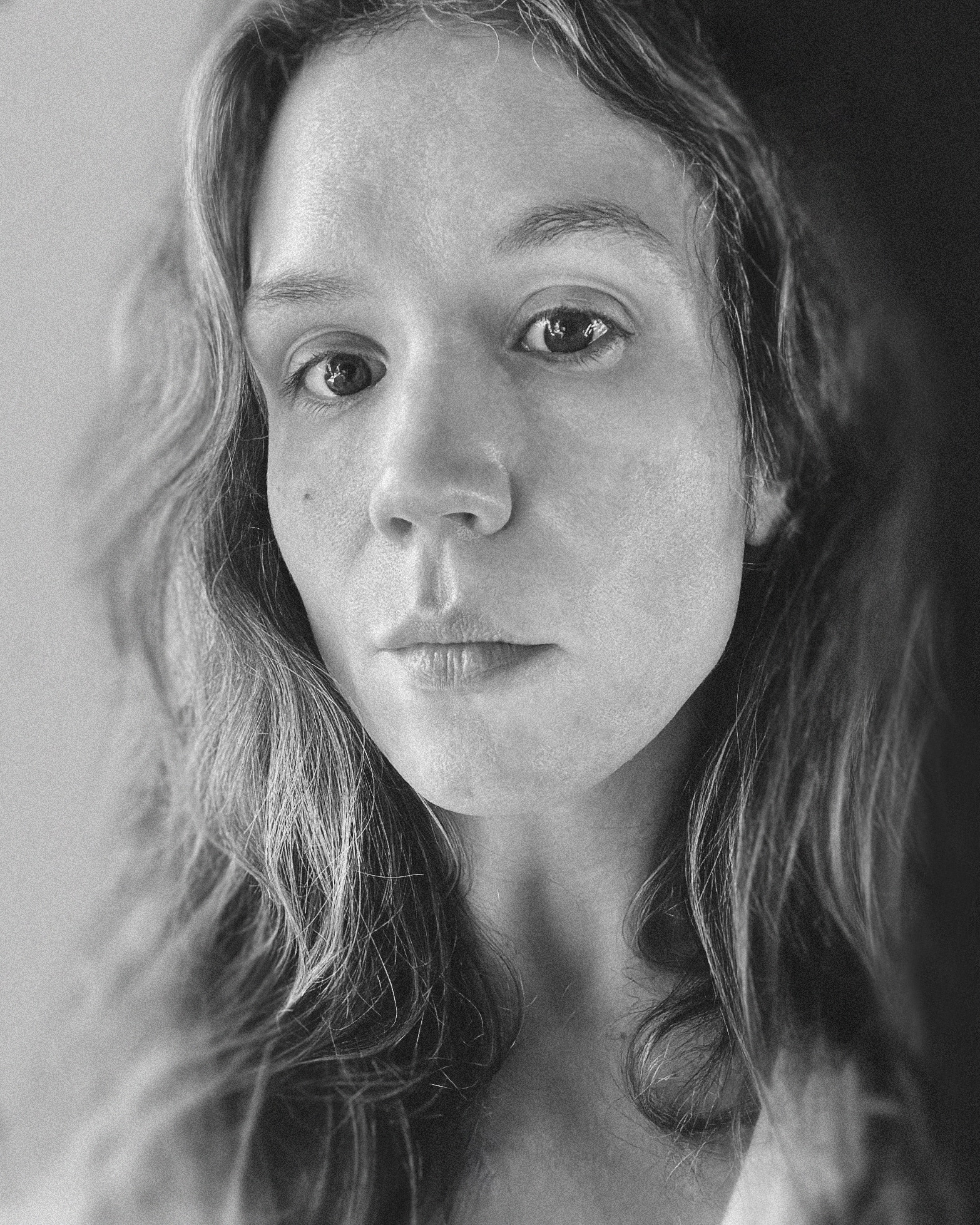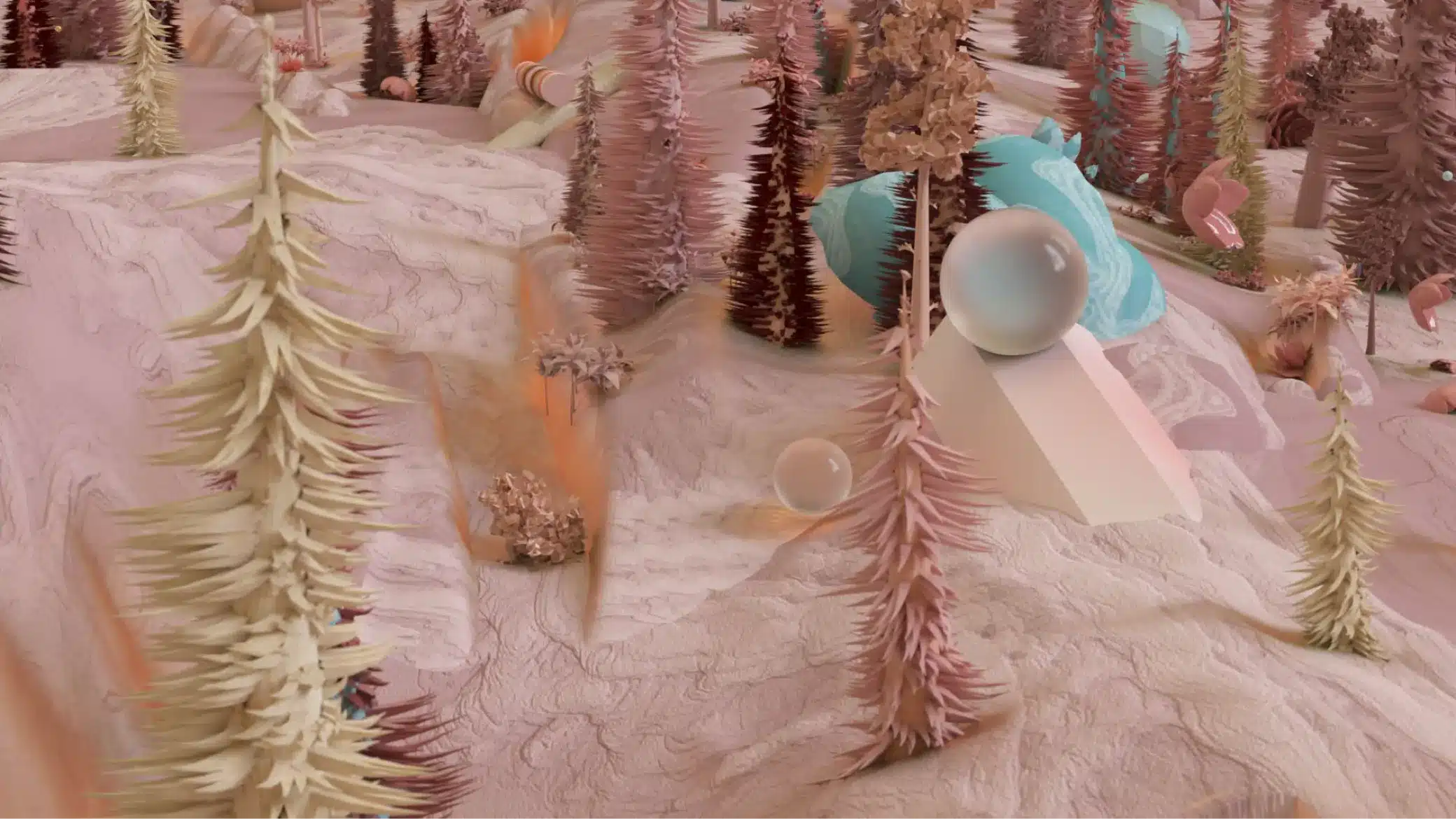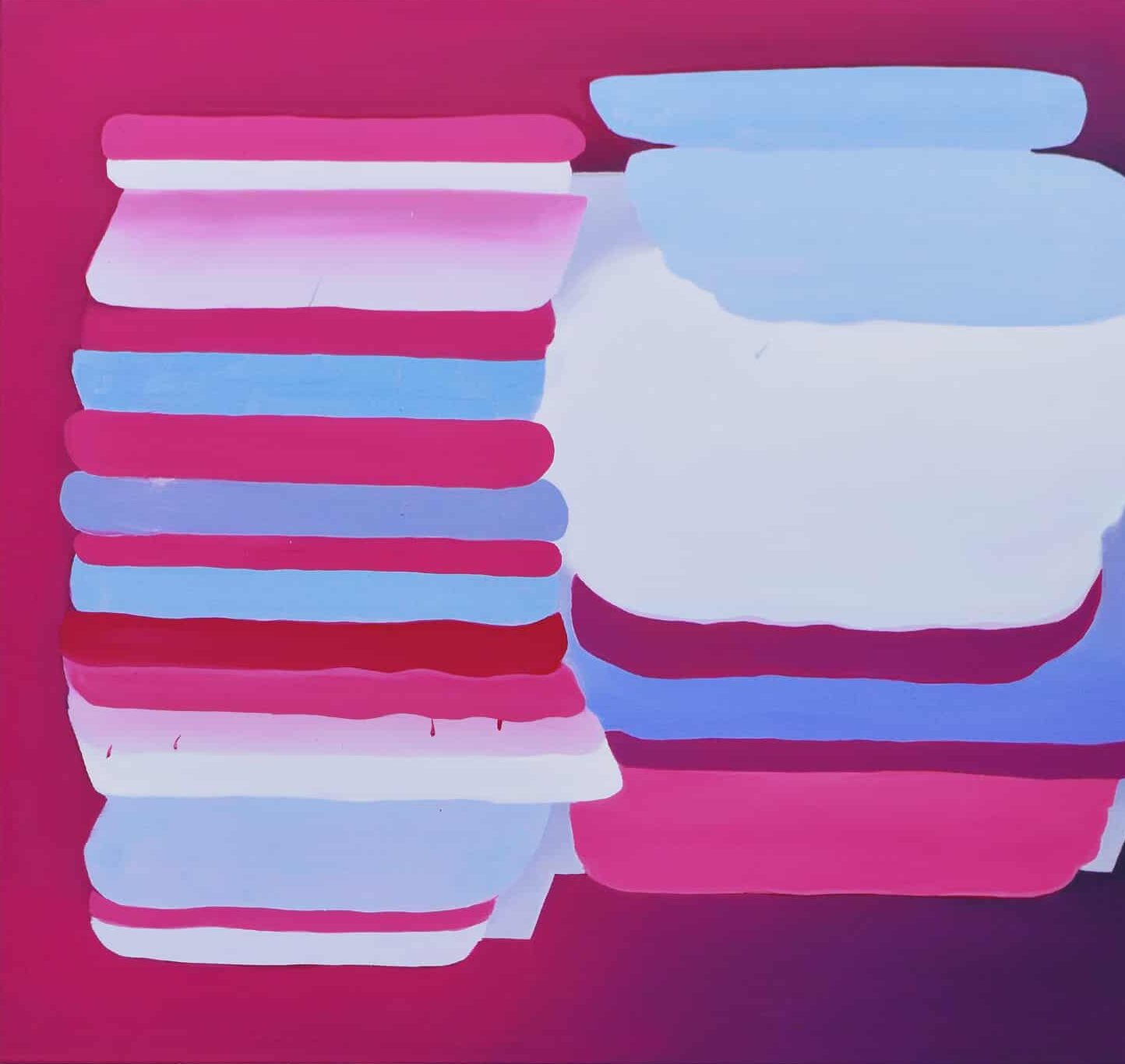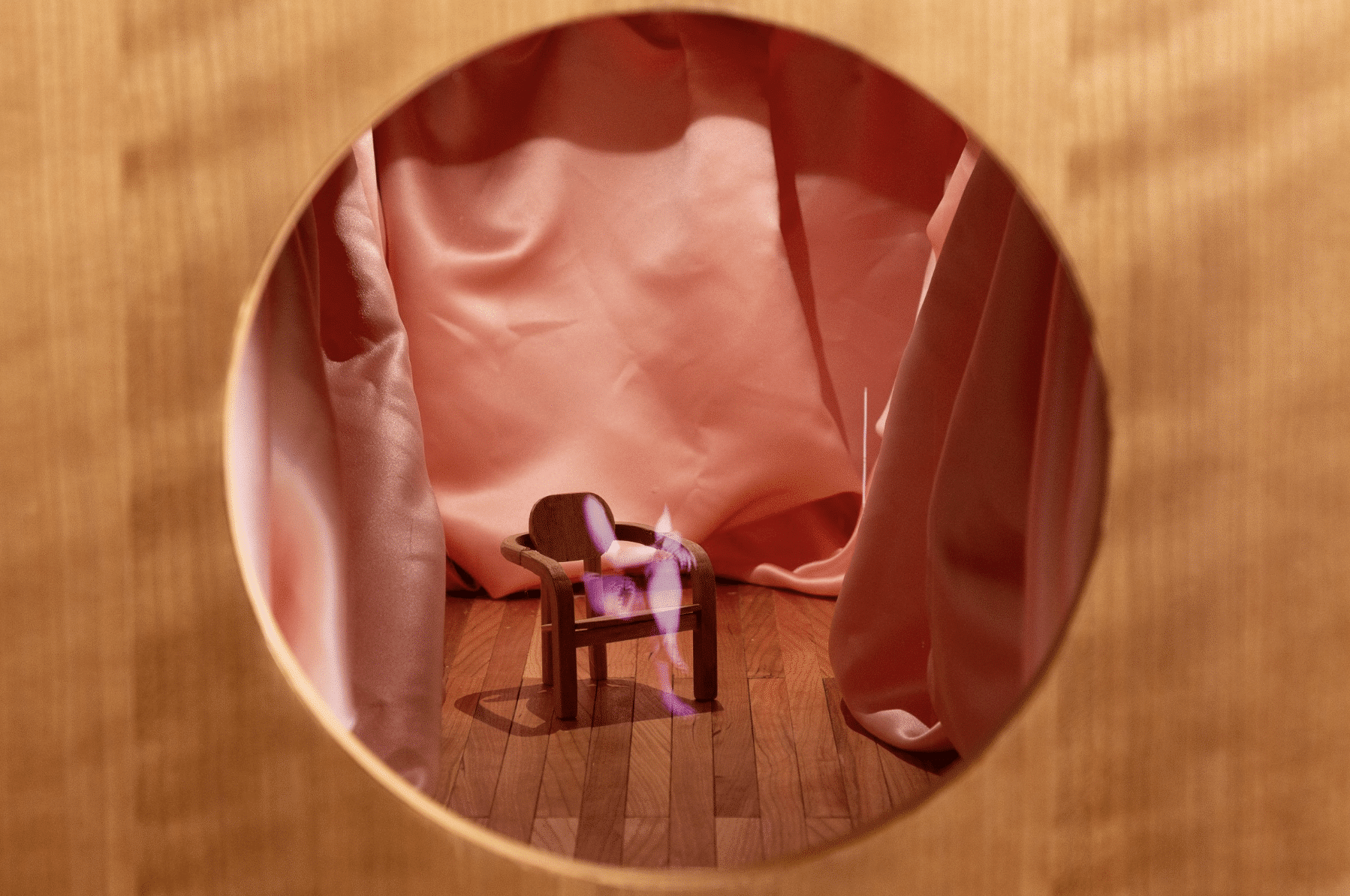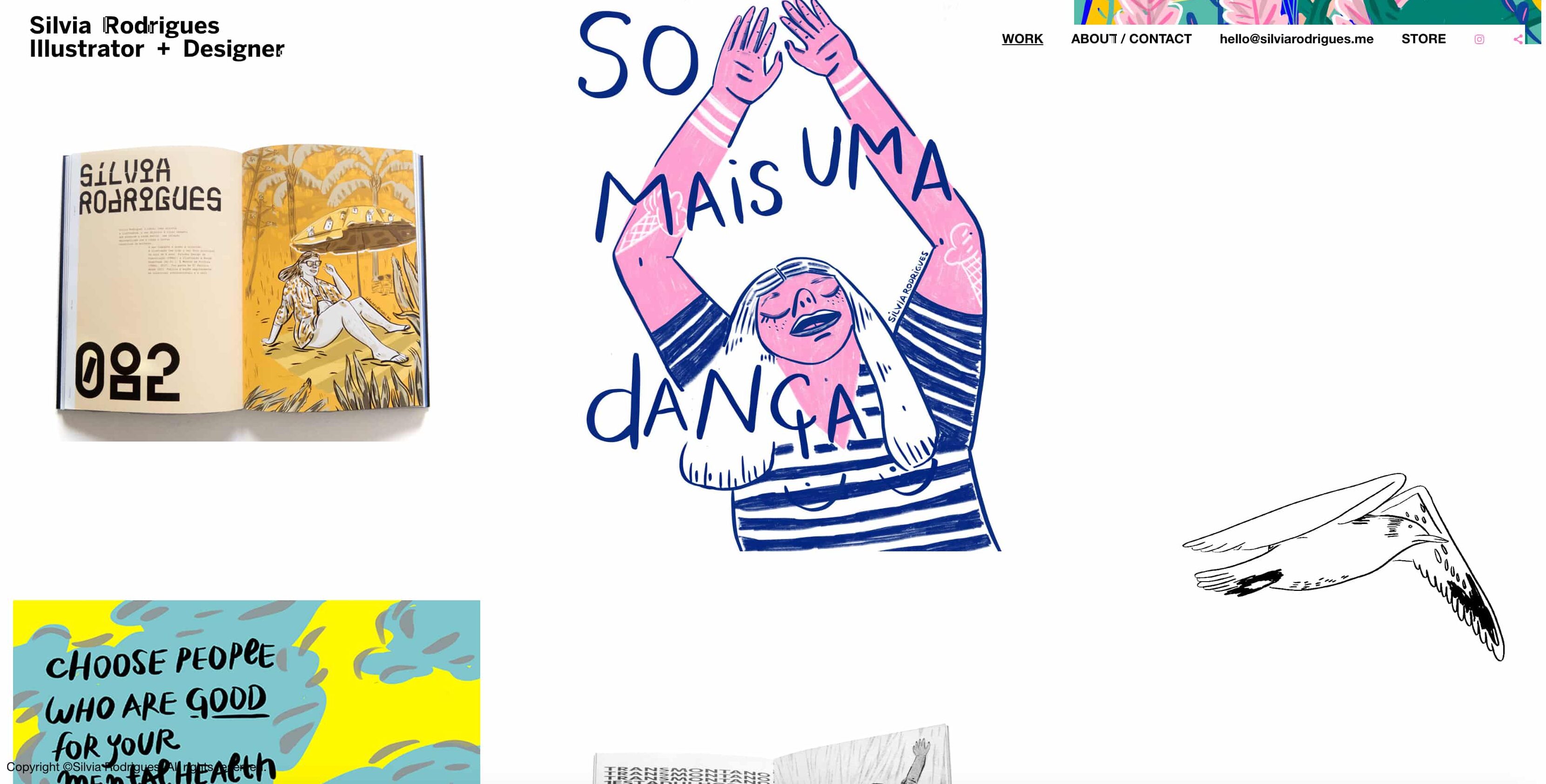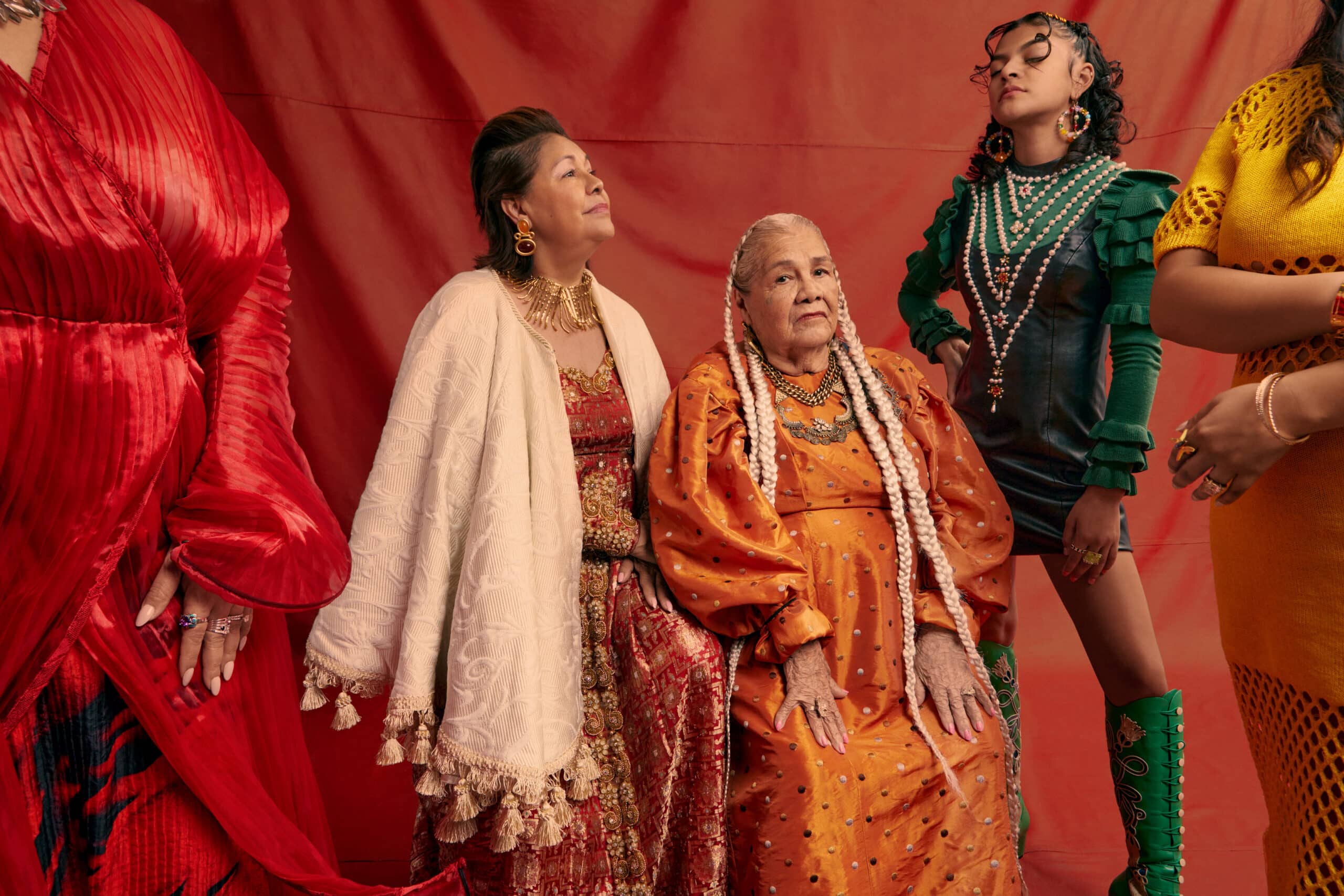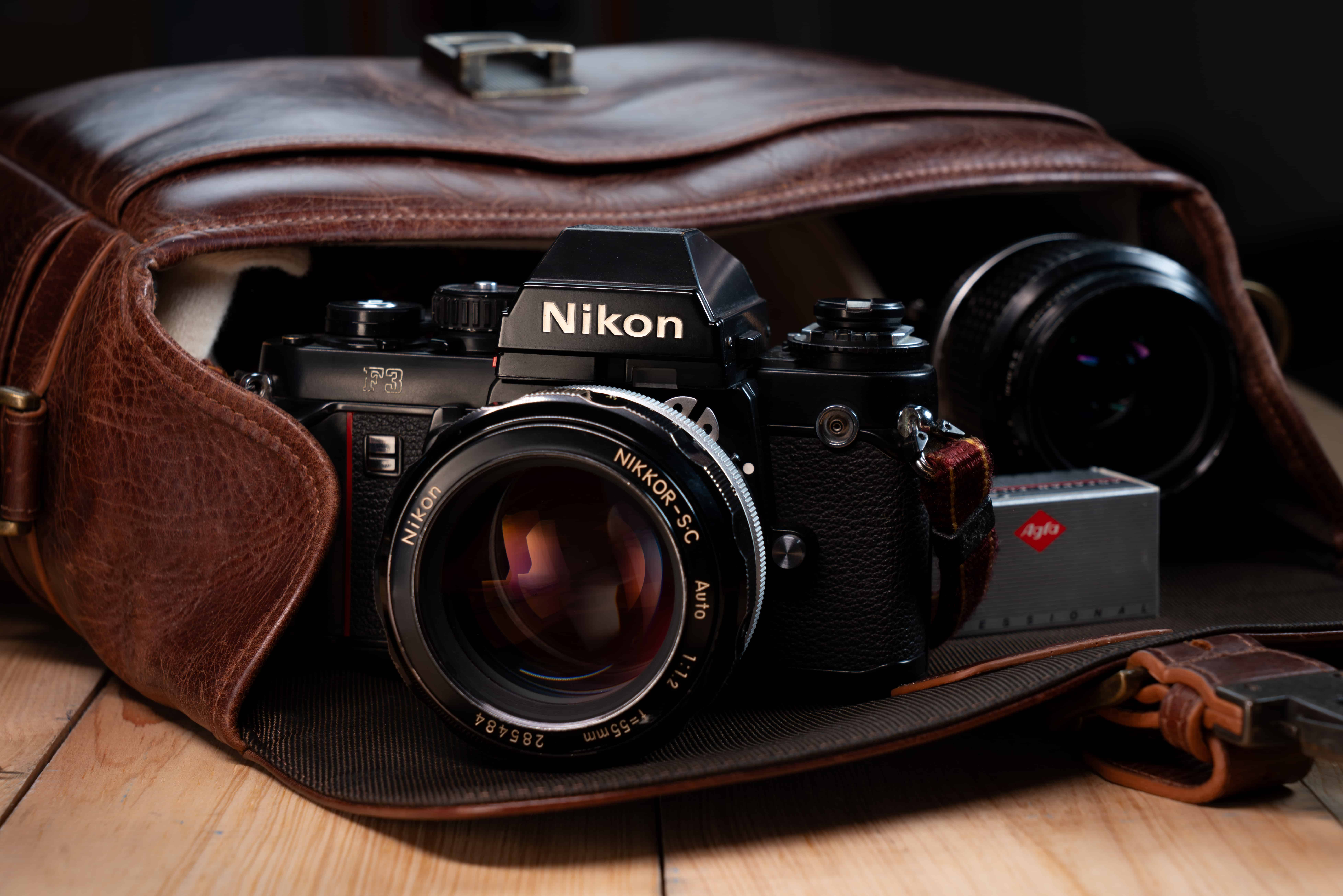Für sein 15. Jahr, DesignTO bringt sein vielfältiges Programm in Torontos to Union Station, Harbourfront Centre, und Sankofa-Platz für ein intensives Gemeinschaftserlebnis von Design und der Verbindung zwischen der Ästhetik von Textilien, Gegenständen und Oberflächen des täglichen Gebrauchs und unseren Identitäten, Interaktionen und Verbindungen zur Welt.
DesignTO möchte die Vorstellungen darüber erweitern, was Design ist und welche Rolle es in unserem täglichen Leben spielt. Design kann unsere Interaktionen mit unserer Umwelt und untereinander nicht nur gestalten, sondern auch bestimmen, wo es hingehört und wer von gut gestalteten Gegenständen, Räumen und Erfahrungen profitiert. Ihr Programm soll aufzeigen, wie Design unser tägliches Leben bereichert, und die Kraft des Designs vermitteln, Freude zu wecken.
DesignTO's Die Eröffnungsparty ist am 24. Januar, Ticketpreis fließt in den Betrieb des gemeinnützigen Festivals.
Im Folgenden findest du einige Highlights unserer Lieblingsausstellungen aus dem Jahr 2025:
Bei der Beschwörung der Wurzeln wollte ich Mich treffen...
Januar 1-31, 2025
Sankofa Square, 1 Dundas Street East, Toronto
Von DesignTO: Die Ausstellung "At the conjuring of roots, I wished to meet Me..." zeigt Fotos der ghanaisch-nigerianischen Fotografin und bildenden Künstlerin Delali Cofie aus Toronto auf fünf digitalen Bildschirmen am Sankofa Square (ehemals Yonge-Dundas Square).
Fotograf aus Toronto Delali Cofie'Seine Arbeit basiert auf seinen Erfahrungen in der Diaspora und dem Gefühl, zwei Orten anzugehören und eine Verbindung zwischen ihren Kulturen zu verkörpern. Bei der Beschwörung der Wurzeln, wollte ich Mich treffen erforscht die Identität und wie man sein Inneres mitteilt, indem man sein Äußeres verkleidet. Ein Akt der Maskerade, der mehr von sich selbst preisgibt, als dass er es verbirgt.
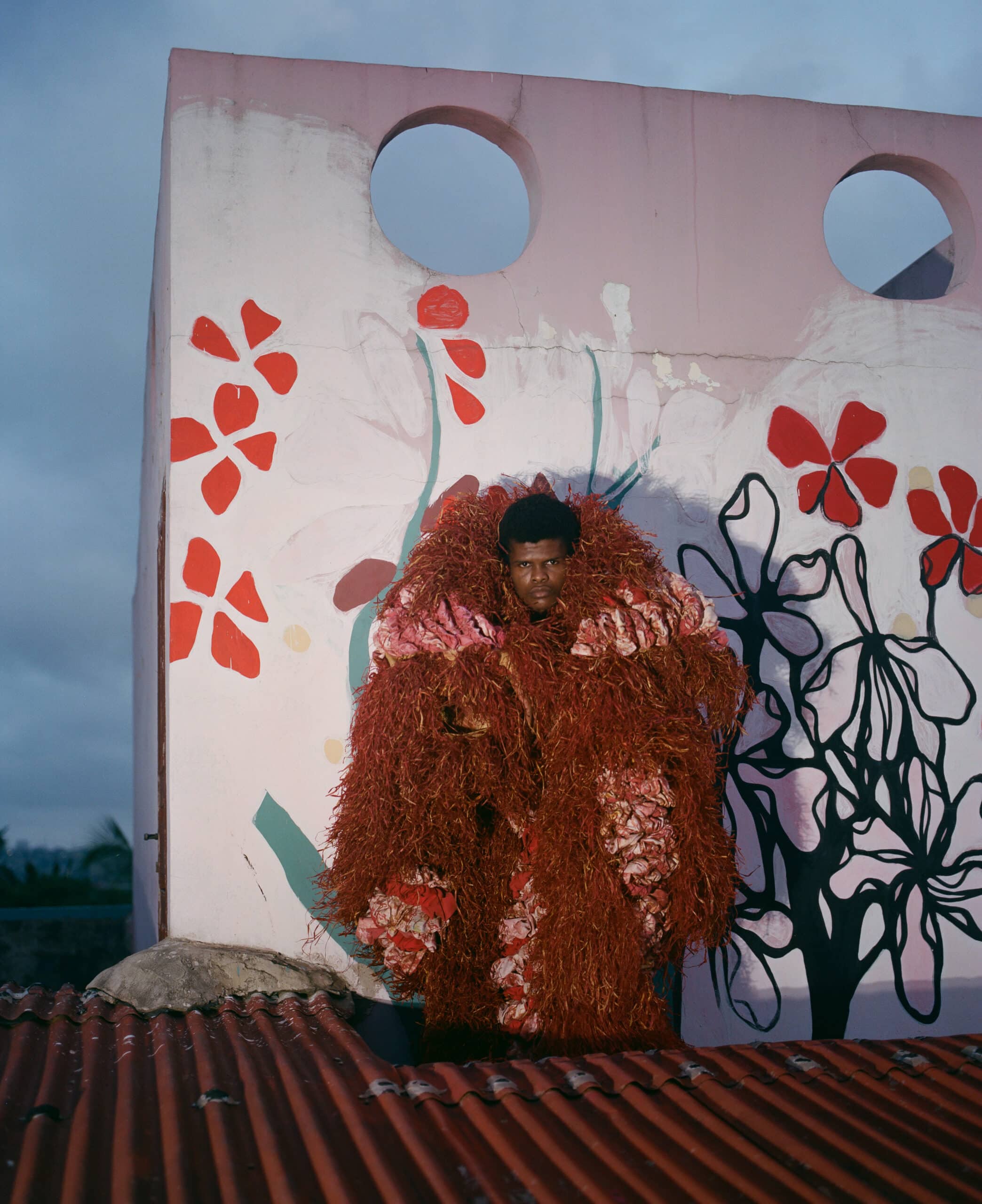
Cofie schöpft aus den ghanaisch-nigerianischen Traditionen, um seine Autobiografie in Form von Schmuck zu erzählen. Er verwendet vertraute Gegenstände wie Bettlaken und die Kleidung seiner Familie, um neue Entwürfe zu kreieren, die voluminös und theatralisch sind und, wenn sie fotografisch arrangiert werden, in ihrem Styling, ihrem Kontext und ihrem Ausdruck eine Geschichte erzählen.

Die OCADU Graduates Ausstellung mit analogen Fotografien von ihm selbst und seinen Motiven wird auf den großen Bildschirmen rund um den Sankofa Square in leuchtenden Farben gezeigt. Diese Ausstellung solltest du dir nicht entgehen lassen; und wenn du in der Gegend von Yonge & Dundas bist, ist sie zum Glück kaum zu übersehen!
Verweilen
Januar 24 - Februar 2, 2025
Union Station (West Wing), 65 Front Street West, Toronto
Von DesignTO: Dwell" ist eine Designausstellung, die in der Hektik der Union Station - Kanadas verkehrsreichstem Verkehrsknotenpunkt - die Möglichkeit bietet, zu entschleunigen und sich zu verbinden. Fünf Künstler und Designer erkunden, wie das Innehalten inmitten der Hektik des städtischen Verkehrs aussieht. In der Ausstellung werden Möbel, Blumen, Teppiche und Animationen gezeigt, die nachdenkliche Momente und Angebote zum Innehalten und Nachdenken vermitteln.
In einem früheren Leben habe ich für ein Unternehmen gearbeitet, das für seine wunderschön gestalteten Räume bekannt war, von denen jeder einzigartig war. Alles, was der Öffentlichkeit zugänglich war, wurde sorgfältig geplant und ausgeführt, um eine vorübergehende ästhetische Befriedigung zu erreichen. Diese Ästhetik setzte sich auch in den privaten Räumen fort, und diese Entscheidungen wurden beibehalten, ungeachtet der veränderten Nutzung und Funktion für die Menschen, die in den Räumen arbeiteten: Sie ignorierten den Komfort.
Ich schwebte in meinem schönen Fischglas herum, jede Oberfläche hart und eiskalt, und fragte mich, warum die beiden nicht gleichwertig sein konnten?
Die Kuratoren von DesignTO fragen dasselbe, und in Dwell wollen sie sowohl Schönheit als auch Komfort in öffentliche Räume bringen, die manchmal im Kontrast zu den verhärteten, vergänglichen Räumen stehen, in die sie eingebettet sind.
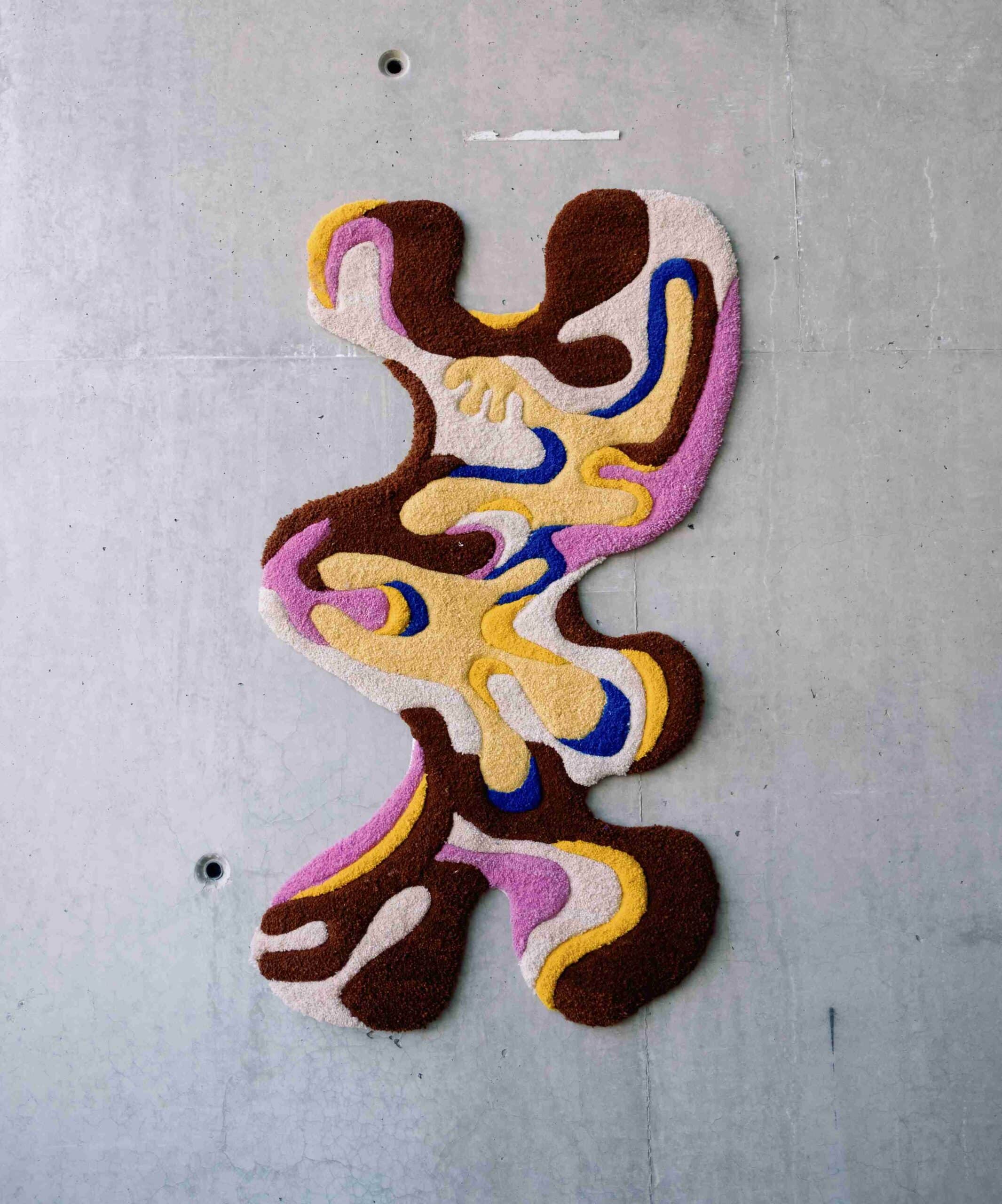
Yasmin Mora's weiche Wolltextilien strahlen mit ihren amorphen Formen und ihrer bauschigen Fülle Wärme und Komfort aus. Wie Cofie ist auch Mora von ihren Chicana-Wurzeln beeinflusst und erinnert an die Geschichte der Herstellung arbeitsintensiver Gegenstände für den täglichen Gebrauch. Ihre Kunstfertigkeit wird oft übersehen, dabei liegen Moras kleine Textilarbeiten wie Teppiche über harten, kalten Oberflächen und ermutigen zur Interaktion und zur Wertschätzung aller Dinge, die unter den Füßen liegen.
Ein Holzstuhl, fließend gebogen, um zwei im Gespräch zu umarmen, nicht neben oder vor ihm sitzend, sondern in einer Lemniskateeine Endlosschleife, die nur durch die Anwesenheit zweier Personen geschlossen werden kann. Die Positionierung der Körper in diesem Raum lädt dazu ein, auf einer Ebene zu sprechen, die für die andere sitzende Person gerade noch hörbar ist, oder, wie der Name Kussmundstuhl suggeriert, nonverbale Interaktionen. Wir bewegen uns mit gebeugten Hälsen und nach unten gerichteten Blicken durch die Stadt, Alison Postma's Arbeit ein radikales Gefühl von Intimität und Verbundenheit hervorruft.
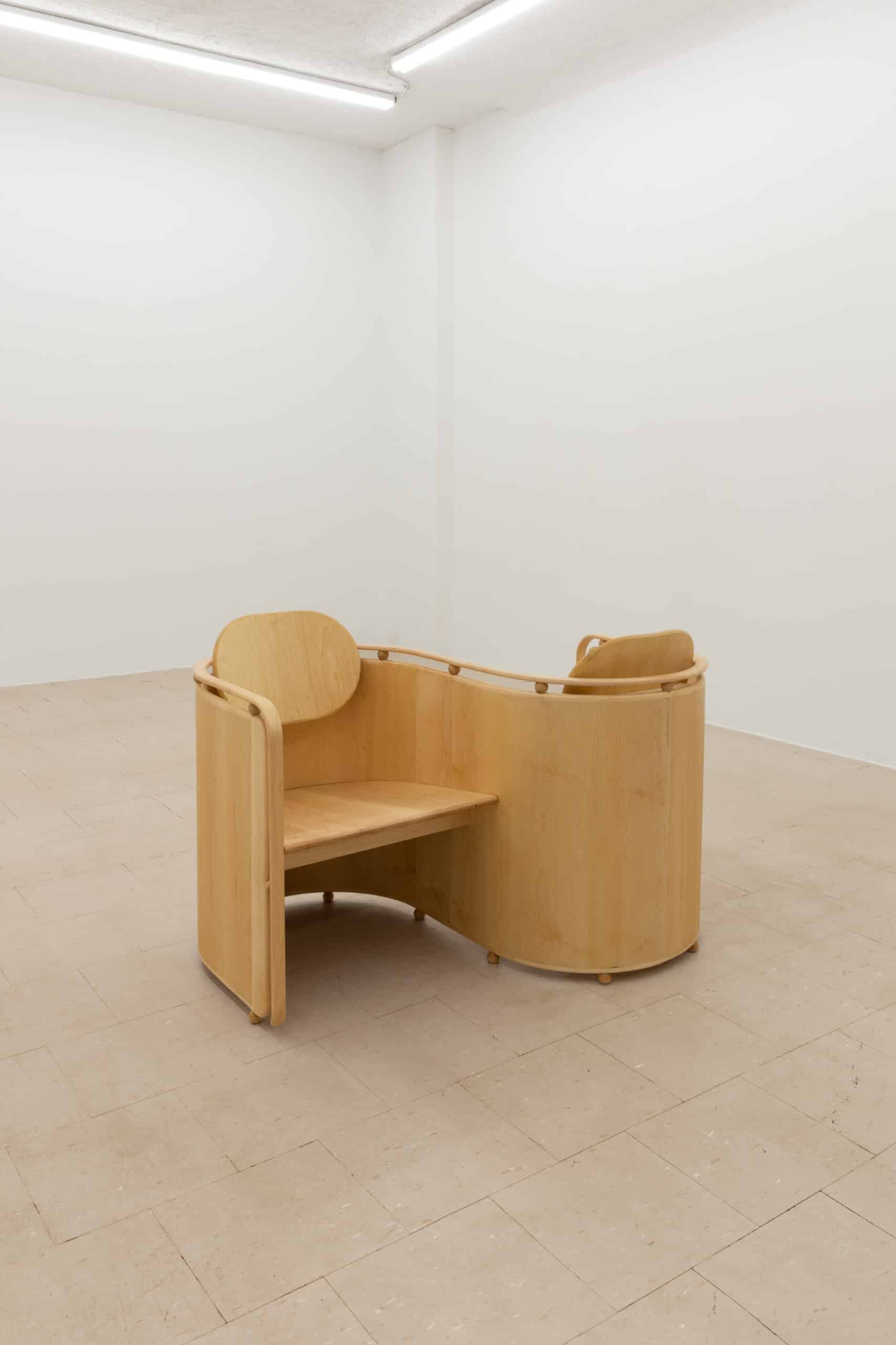
Diese Schleife ist mehr als nur ein Gespräch, sie eröffnet eine größere Diskussion darüber, wie Design unsere Beziehung zum Raum verändern und unsere Interaktionen miteinander gestalten kann.
Wie beeinflusst die Form einer Bank unsere Vorstellung von unserem Platz in der Welt und ob wir überhaupt eine haben sollen?
Grundsätzlich vermittelt DesignTO, wie wichtig dieses Gespräch ist und dass Designer und Planer mehr als nur die ästhetischen Vorzüge berücksichtigen müssen, sondern auch die Umwelt, ihre Nutzung und durch ganzheitliches Design das menschliche Bedürfnis nicht nur nach Funktion, sondern auch nach Komfort und Verbindung erfüllt werden können.
Ich schaue mir oft Feindliche Architektur in Städten wie meiner und Toronto, in denen der Tourismus gefördert wird, während von der bequemen Nutzung des öffentlichen Raums abgeraten wird. Menschliche Räume, die menschliche Verletzungen und Abwesenheit verleugnen.
Design kann und sollte ein Gefühl der Zugehörigkeit, der Unterstützung und der Freude vermitteln - und genau diese Freude will DesignTO mit der Ausstellung von Werken wie Postmas und Moras betonen, die jeweils eine Einladung sind: sich zu setzen, zu berühren, sich wohl und getröstet zu fühlen.
